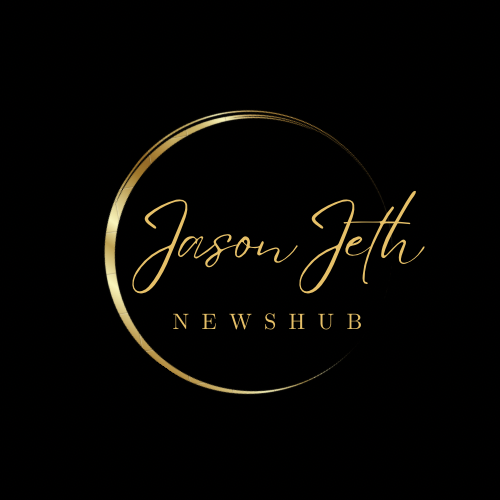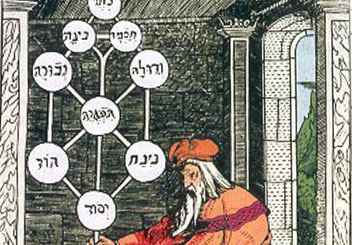Kabbalah became the main trend of Jewish mysticism, theosophy and esotericism, comprising many different, at times contradictory, approaches. Source: origins-kabbalah-hp,jpg
Kabbalah is one of the ancient Jewish tradition of mystical interpretation of the Bible, first transmitted orally and using esoteric methods (including ciphers). It is sometimes translated as “mysticism” or “received tradition”, and a part of Jewish tradition that deals with the essence and nature of the God of Israel, Sometimes, people thought that Kabbalah refers to a “new sacred text” of Judaism, but that’s not the case. Jews who believe in this kind of esoteric knowledge are called Kabbalists, and they believe that the God of the universe is a “mysterious” and “indescribable” Being who works in mysterious ways over his creations.
However, Kabbalists also believe that true knowledge and understanding of that inner, mysterious process is obtainable, and through that knowledge, the greatest intimacy with God can be attained. Jewish people believes that Kabbalah has been taught to them from the beginning. Since the time of Adam to the days of Noah and Abraham in the Bible, Kabbalah has been a part of their faith and life.
One of the most underpinning written mystical commentaries on the Torah is the Zohar. This biblical commentary was written in medieval Aramaic and Hebrew. The Zohar is intended to guide Kabbalists in their mystical journey, helping them to attain the greater level of relationship with God Almighty.
Merkava Mysticism
Merkava, sometimesspelled as “Merkabah”, refers to the “throne” of God in heaven as described by the prophet Ezekiel. It became an object of visionary contemplation for early Jewish mystics. Merkava mysticism began to flourish in Palestine during the 1st century AD, but from the 7th to the 11th century its centre was in Babylonia. The earliest roots of Kabbala are traced to Merkava mysticism.
Other forms of Kabbalah
Some Kabbalistic writings also became popular in the middle ages. Two extant mystical writings of kabbalah emerged during this period of time. One of them are the Sefer ha-Temunah or the “Book of the Faces”, which advances the notion of cosmic cycle (shmitot) each of which provides an interpretation of the Torah according to a corresponding divine attribute. The other text are the famous Sefer ha-Zohar or the “Book of Zohar” that dealt with the mystery of creation and the functions of the sefirot, and it offered mystical speculations about evil, salvation, and the soul.
Isaac ben Solomon Luria is said to be one of the greatest Kabbalists during the mid-16th century. He developed several doctrines in this field of esoteric learning such as the tzimtzum (“withdrawal”) of the “eternal divine light”, thereby allowing for the formation of “conceptual space” in which finite and seemingly independent realms could exist. It could be only restored by an intense spiritual life and unceasing struggle against evil, or what Jewish called tikkun (universal restoration).
Latest Posts
- Presidential Debate Highlights: Donald Trump vs. Joe Biden |
- China dams release water, submerging more cities and flooding more streets |
- Terror attack in Dagestan, Russia kills police, priest and destroyed churches and synagogues |
- Why is Jesus an “Archangel”, not God Almighty himself? |
- Terrorist weapon supplier killed in Lebanon strike, Israel reports |

